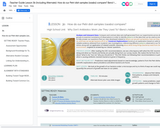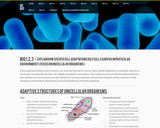
This webpage provides graphics illustrating adaptive structures and adaptive behaviors of unicellular organisms.

This webpage provides graphics illustrating adaptive structures and adaptive behaviors of unicellular organisms.

This lesson will expose students to some of the problems amoebas have caused to residents of Florida. Studies have shown that virulent strains of amoebas from the genera Naegleria and Acanthamoeba have the ability to grow at high temperatures, while non-virulent strains are unable to grow at normal or elevated body temperatures.

In this interactive lesson, students look at the differences between unicellular and mutlicellular organisms, and then examine specific adaptations that increase survival in unicellular organisms.

CK-12 Biology Workbook complements its CK-12 Biology book.
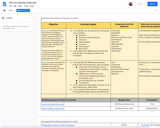
This is a unit learning plan for Bio 1.1.1, 1.1.2, part of 1.1.3 and 1.2.3 including learning targets, linked lesson plans, and resources. The unit's essential question is how does form influence function in cells?

Cell organelles are an important part of our high school cell unit. This assignment allows students the opportunity to learn more details about a specific cell organelle or structure, create a 3D model and commercial to share with the class as a means to teach the class about their structure.

This online lesson describes the protist kingdom, outlines the evolution of protists, and identifies protist characteristics.
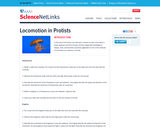
In this activity, students will view several types of microorganisms and make observations about the way they move. They will then apply that knowledge to design, draw, and describe a practical application to one of the methods of locomotion they observe in the lab.

This brief video lesson discusses how microscopic organisms organize to form communities known as biofilms. Discussion/assessment questions and suggested supplemental resources are also included.
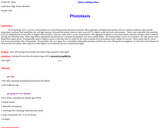
During this investigation, students will observe the behavior of Dictyostelium discoideum when exposed to white light in an environment that has a limited food supply. Dictyostelium generally live independently of each other as single-celled amoebae, but when food is scarce, they aggregate to form multicellular mounds. Through several days of observation, students will collect data and graph the results.
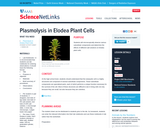
Students will microscopically observe various subcellular components and determine the effects of different salt solutions on Elodea plant cells.

As students read about the different protists, they will color and label the diagrams and answer the questions. After they have finished reading, they will answer the discussion question.

In this lesson, students will learn how the components of a cell operate as a system. Students will discuss the meaning of the word "system" and then apply the definition to their observations of a paramecium, noting that the single-celled organism is only alive because all the components work together. They will also examine prepared slides of human body cells and compare to the paramecium.
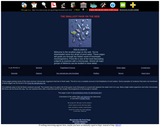
This website provides information and pictures of the most common organisms that live in fresh water.
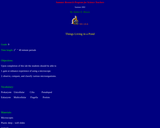
In this lesson, students will investigate a sample of pond water and examine a variety of microorganisms under a microscope. Students will choose two organisms to draw and compare them by completing a Venn diagram. They will then work collaboratively to answer a series of discussion questions.
